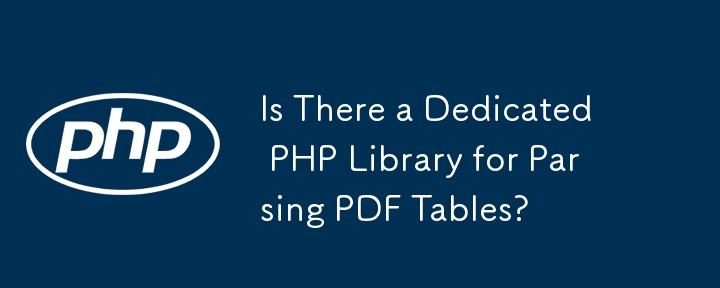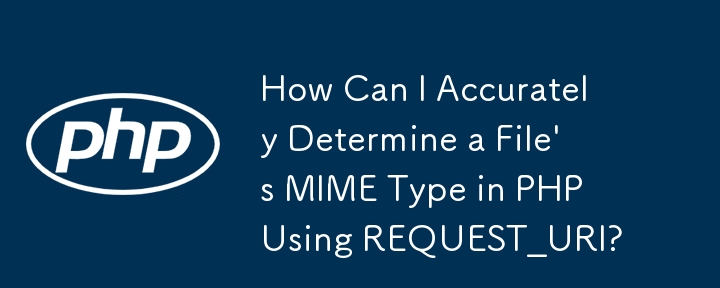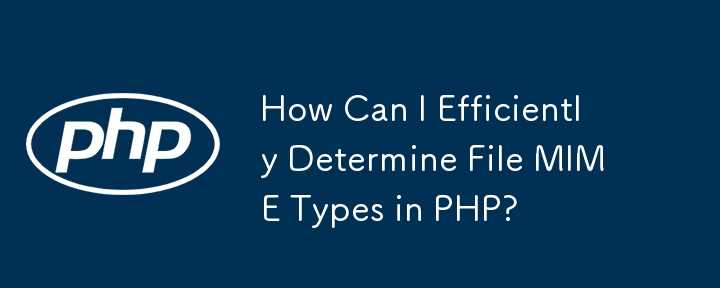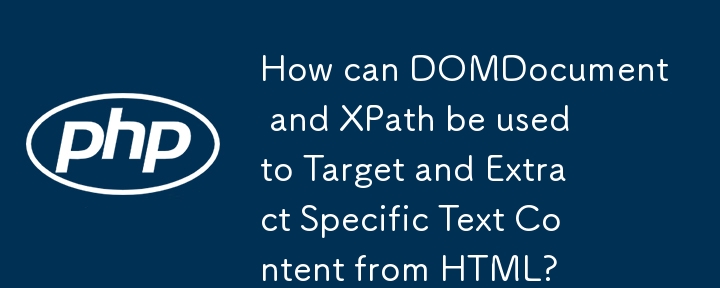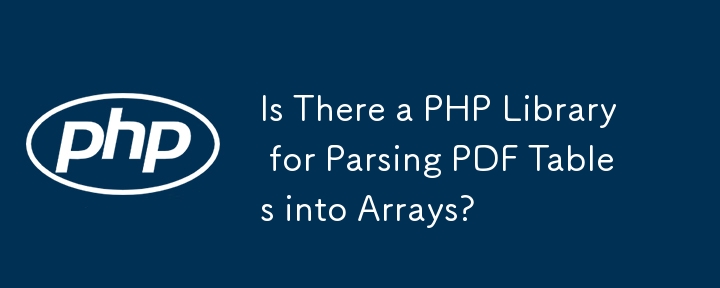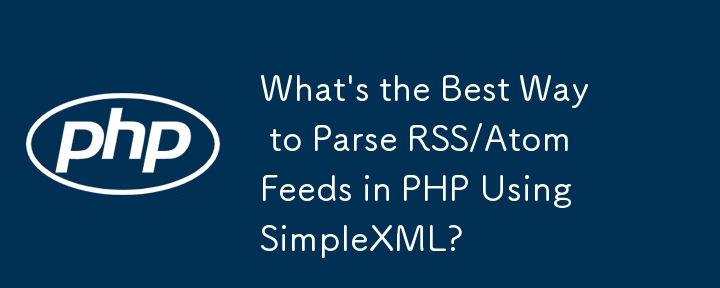Found a total of 10000 related content

New Features in PHP 5.6
Article Introduction:PHP 5.6: A Significant Leap Forward
Key Enhancements:
PHP 5.6 delivered substantial improvements, including enhanced CLI web server capabilities (supporting diverse MIME types), internal operator overloading for cleaner code, and significantly incre
2025-02-22
comment 0
748
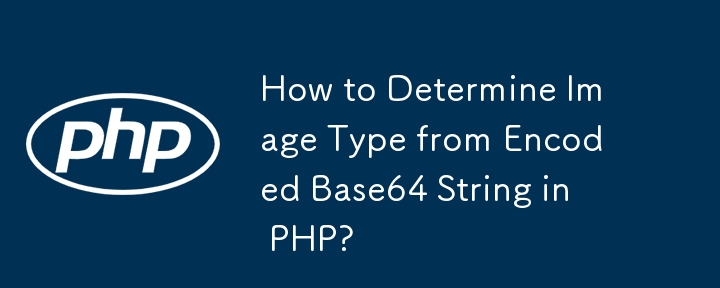
How to Determine Image Type from Encoded Base64 String in PHP?
Article Introduction:This article presents a solution for determining the image type from its base64 representation in PHP. Using the FileInfo extension, MIME types of images can be reliably identified, overcoming the limitations of traditional methods. By decoding the b
2024-10-23
comment 0
336

How to simplify string conversion of PHP values: Application of coduo/php-to-string library
Article Introduction:During development, I often need to convert various data types in PHP into strings for logging, debugging, or data processing. However, handling different types of conversions often seems cumbersome and error-prone. Until I discovered the library coduo/php-to-string, which allowed me to easily convert any PHP value into strings, greatly simplifying my workflow.
2025-04-17
comment 0
852
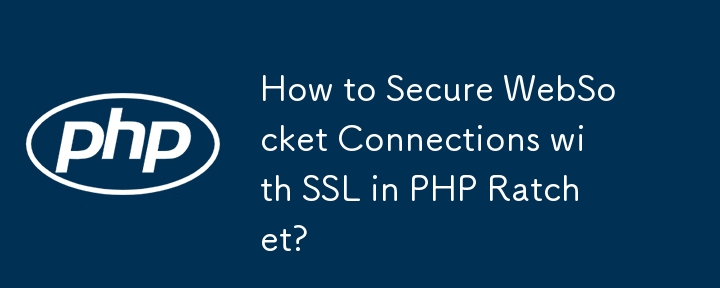
How to Secure WebSocket Connections with SSL in PHP Ratchet?
Article Introduction:This article presents a secure WebSocket connection method using SSL in the PHP Ratchet library. It outlines the necessary configurations for Apache web servers and JavaScript clients to enable SSL connections. By following the steps outlined, develo
2024-10-22
comment 0
496
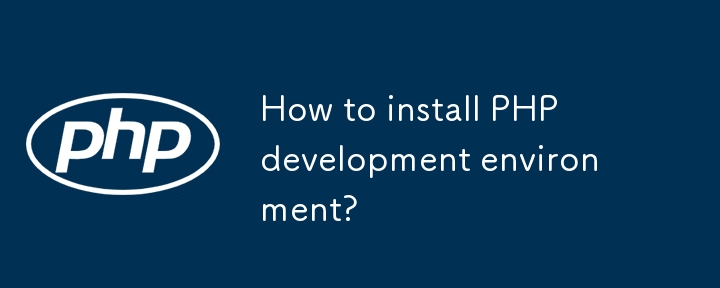
How to install PHP development environment?
Article Introduction:There are three common ways to install the PHP development environment: 1. Quickly build with XAMPP, start Apache and MySQL after downloading and installing, and put files into the htdocs folder to access, which is suitable for beginners; 2. Manually install PHP web server, download PHP and configure php.ini, combine Apache or Nginx to set modules and document root directory, suitable for users who need customization; 3. Use Docker to build an isolated environment, define services, mount directories and mapping ports through docker-compose.yml, which is suitable for multi-project or multi-version requirements; common problems include PHP not executing, no-report errors, and version confusion. You can check the MIME type and enable display.
2025-06-26
comment 0
632
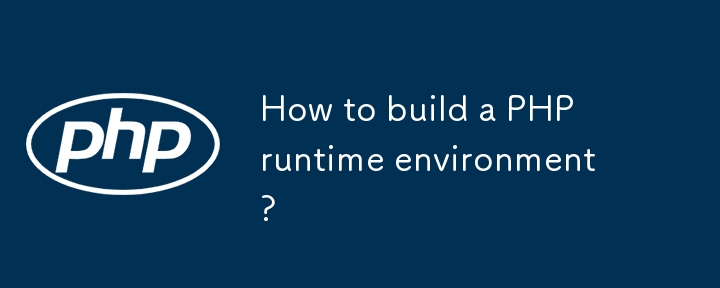
How to build a PHP runtime environment?
Article Introduction:To quickly build a stable PHP operating environment, pay attention to the following steps: 1. Install the PHP interpreter, use XAMPP/WAMP for Windows, use Homebrew for macOS, and use apt for Linux; 2. Use a web server, use mod_php or Nginx to cooperate with PHP-FPM for Apache; 3. Create info.php to test whether PHP is parsing normally; 4. Modify php.ini to enable display_errors, set error_reporting, adjust upload restrictions and time zones; 5. Optional Docker method to quickly build a standardized environment through docker-compose.yml. After each step is completed, the server should be restarted
2025-06-29
comment 0
191
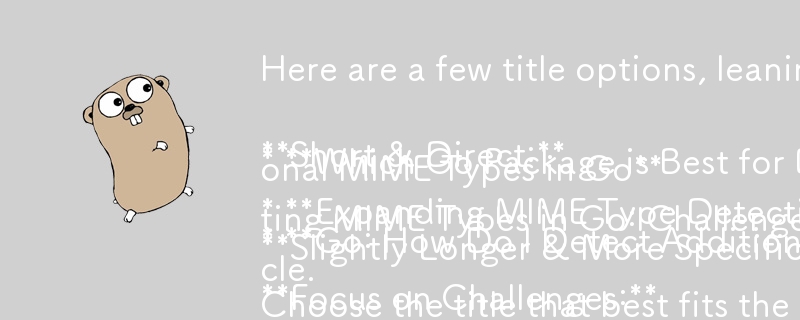

Managing Gettext Translations on Shared Hosting
Article Introduction:Core points
Gettext is a popular method for translation management of PHP websites, but it has a significant drawback: Apache caches translations, which means that unless the engine is restarted, updates to translated files will not be visible. This is especially problematic on shared hosting, as administrator privileges are often not available.
Audero Shared Gettext is a PHP library that allows developers to bypass Apache's cache of translations loaded through the gettext() function. The library uses a simple trick to create a mirrored copy of the translation file, tricking Apache into thinking it as a new, irrelevant translation, thus avoiding caching issues.
Audero Shared Gettext available
2025-02-22
comment 0
1278

How to handle File Uploads securely in PHP?
Article Introduction:To safely handle PHP file uploads, you need to verify the source and type, control the file name and path, set server restrictions, and process media files twice. 1. Verify the upload source to prevent CSRF through token and detect the real MIME type through finfo_file using whitelist control; 2. Rename the file to a random string and determine the extension to store it in a non-Web directory according to the detection type; 3. PHP configuration limits the upload size and temporary directory Nginx/Apache prohibits access to the upload directory; 4. The GD library resaves the pictures to clear potential malicious data.
2025-07-08
comment 0
721
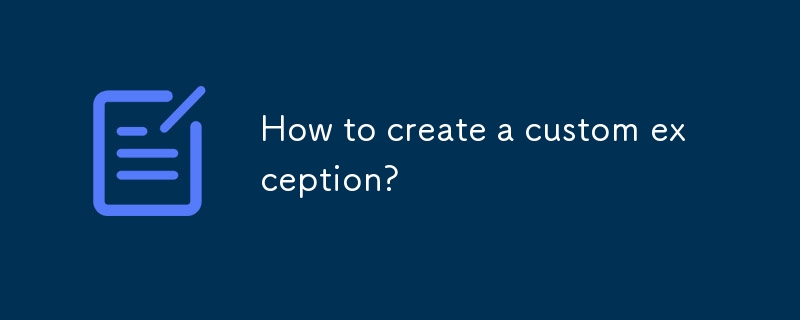
How to create a custom exception?
Article Introduction:Custom exceptions are implemented in Python by inheriting the Exception class or its subclasses, which are used to improve code readability and targeted error handling. When built-in exceptions cannot meet specific business needs, for example, you need to distinguish between multiple user input error scenarios, you can create different exception types such as InvalidEmailError and PasswordTooShortError. The creation method is simple. You only need to define a new class. You can also add initialization parameters such as message and error_code to provide more information to assist in debugging. Suitable scenarios for using custom exceptions include modular projects, business rule verification, and third-party library development, such as the data parsing module that defines ParseError
2025-06-26
comment 0
415
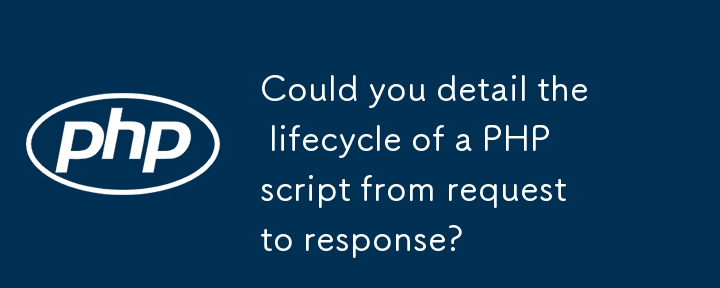
Could you detail the lifecycle of a PHP script from request to response?
Article Introduction:When the user requests a PHP file, the server calls the PHP interpreter through Apache or Nginx to execute the script and returns the response. The specific process is as follows: 1. The user initiates an HTTP request, the server recognizes the .php file and passes the request to PHP for processing; 2. Loads the extension, sets environment variables and initializes the functions when PHP starts; 3. Execute script code, including parsing files, calling functions, database query and output buffering; 4. After the script is executed, PHP sends the header information and response content back to the server, then transmits it to the user's browser, and then cleans up the resources to complete the response.
2025-06-05
comment 0
1088

Sending Emails with PHP
Article Introduction:Core points
PHP provides an easy and efficient way to send emails, including basic plain text messages, HTML messages, and mail with attachments.
PHP's mail() function is used to send emails. For simple emails, it only requires three parameters: the address of the recipient, the subject, and the body of the email.
When sending HTML messages or messages with attachments, you need to use the MIME standard to break the messages into sections and separate them with selected boundaries. Each section should define what the content is, how it is encoded, how the content is handled, and the content itself.
Use the PHPMailer library to enhance the functionality of sending mail in PHP, which allows connections to SMTP services
2025-03-02
comment 0
1003

Using Faker to Generate Filler Data for Automated Testing
Article Introduction:Many websites and applications are developed to require various types of data to simulate how real life works. During the testing and development stages of a project, we often use fake data to fill databases, UI elements, and so on.
Writing your own code to generate fake data for your project can be very cumbersome. In this tutorial, you will learn how to generate fake data using the proven Faker library in PHP.
getting Started
Before I continue, I want to clarify a few points.
The original fake library was fzaninotto/Faker. However, it was archived by the owner on December 11, 2020. Now, the library branch called FakerPHP/Faker is continuing its development work. If you are trying to decide which one should be used in your project
2025-02-26
comment 0
948
